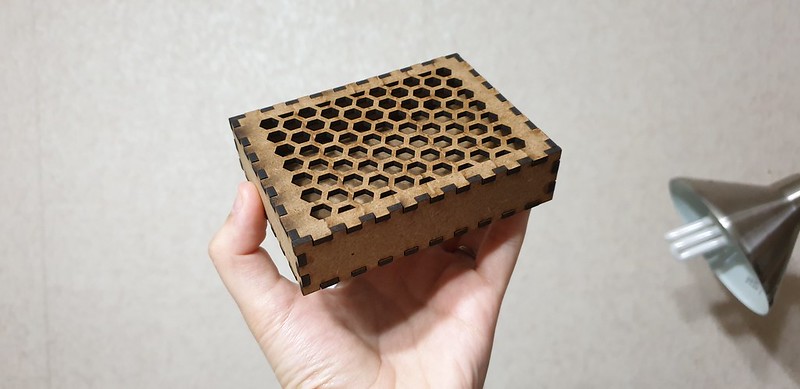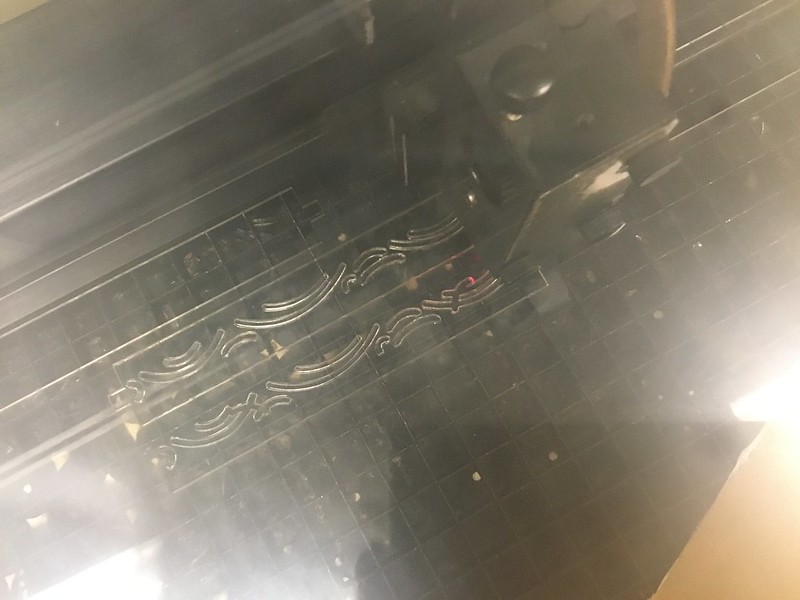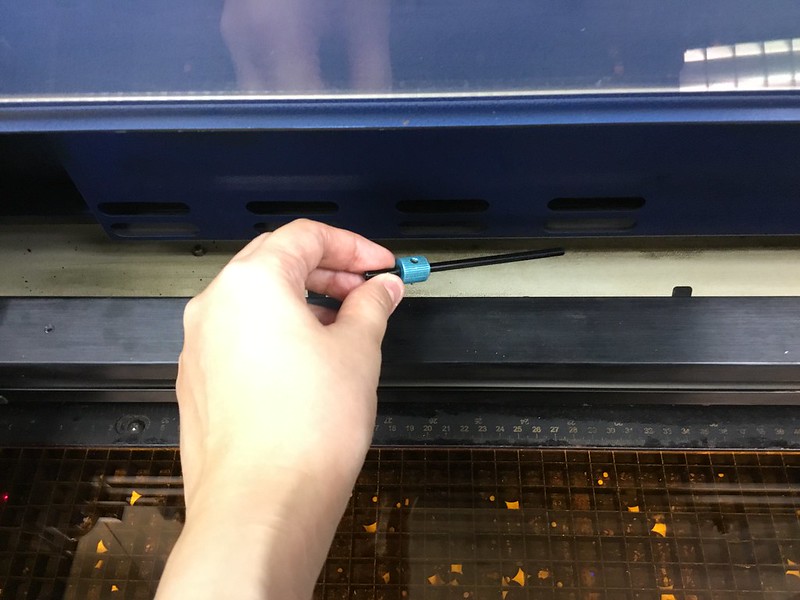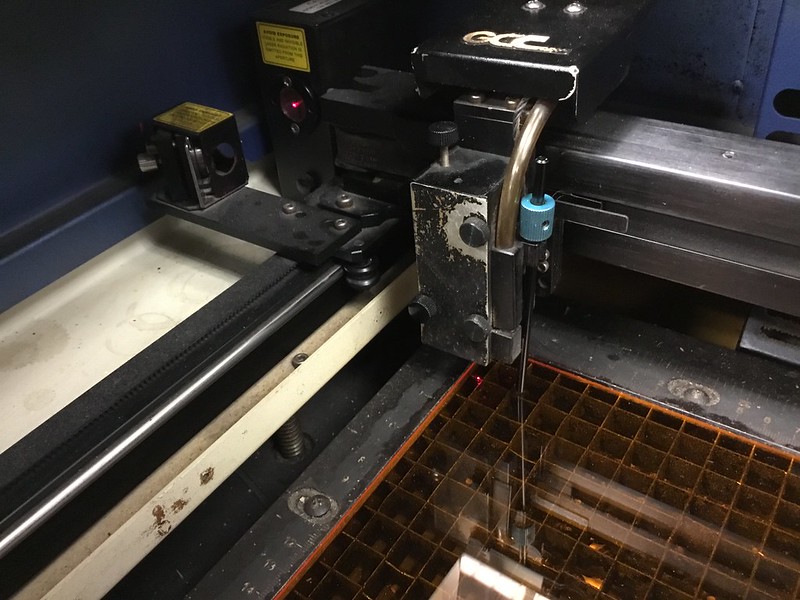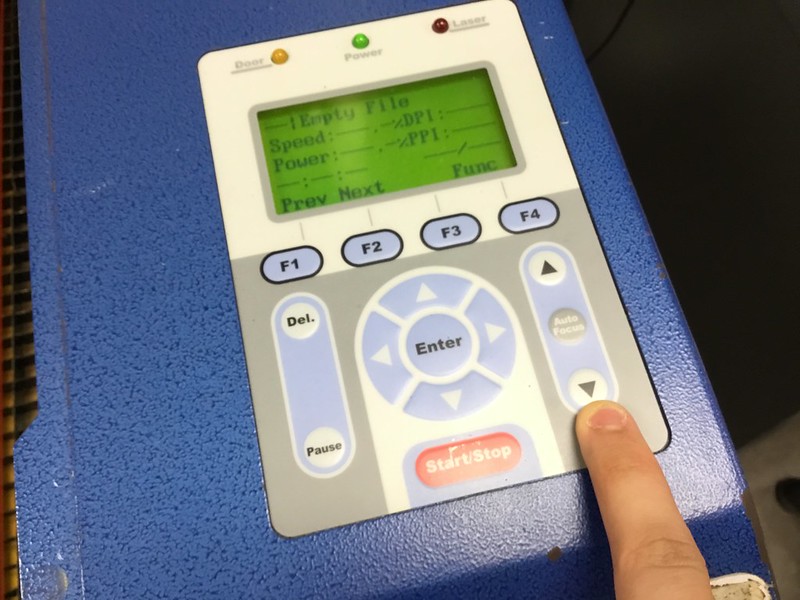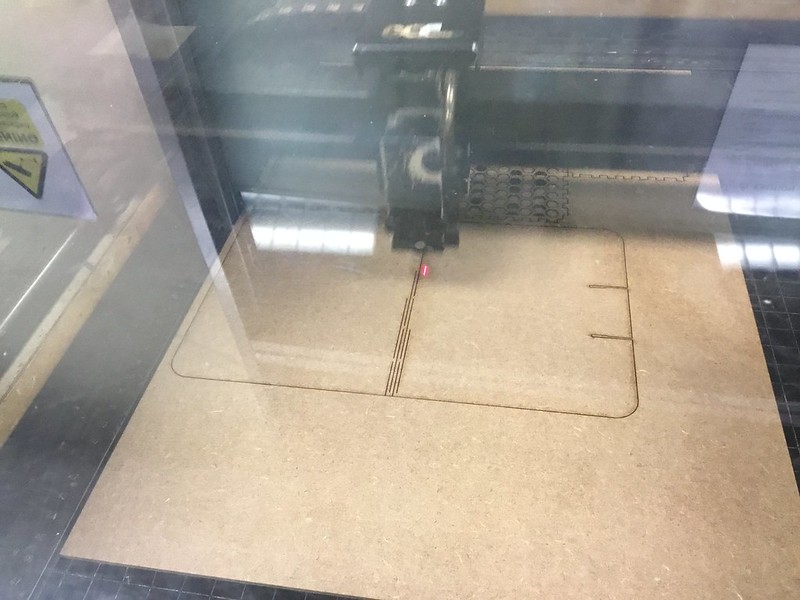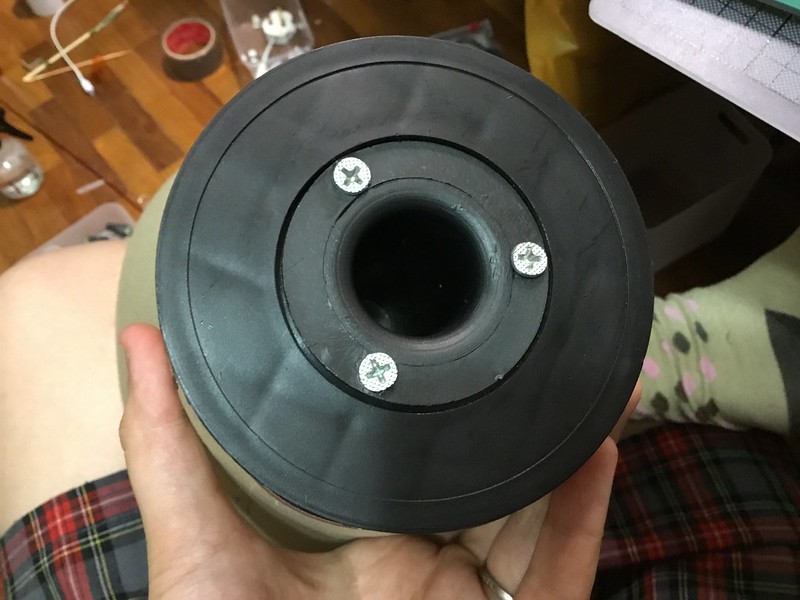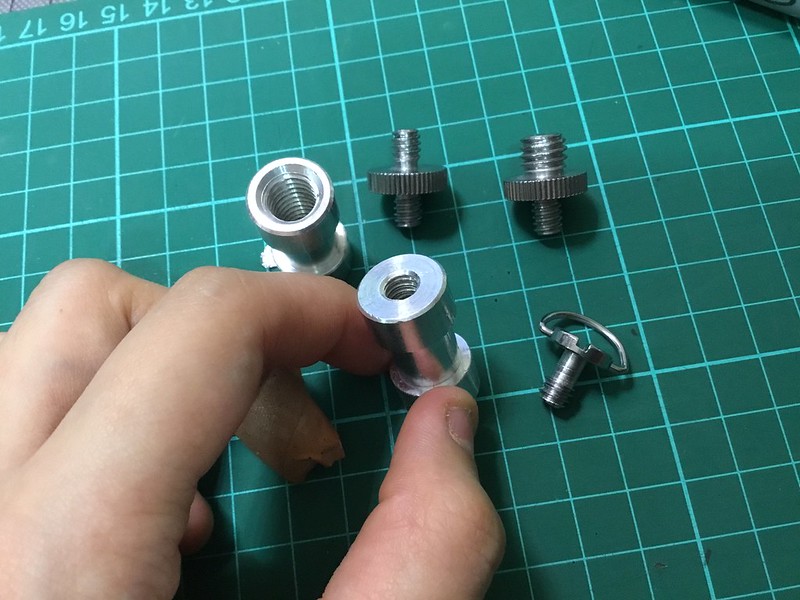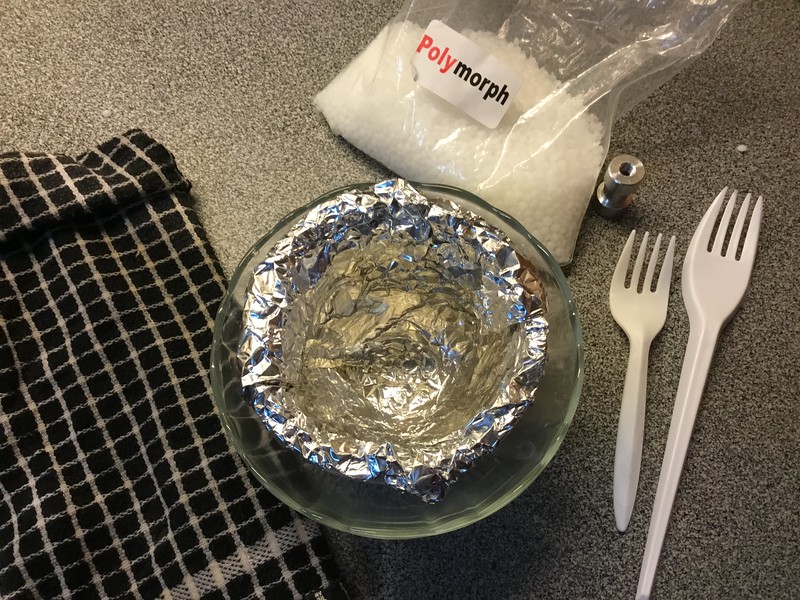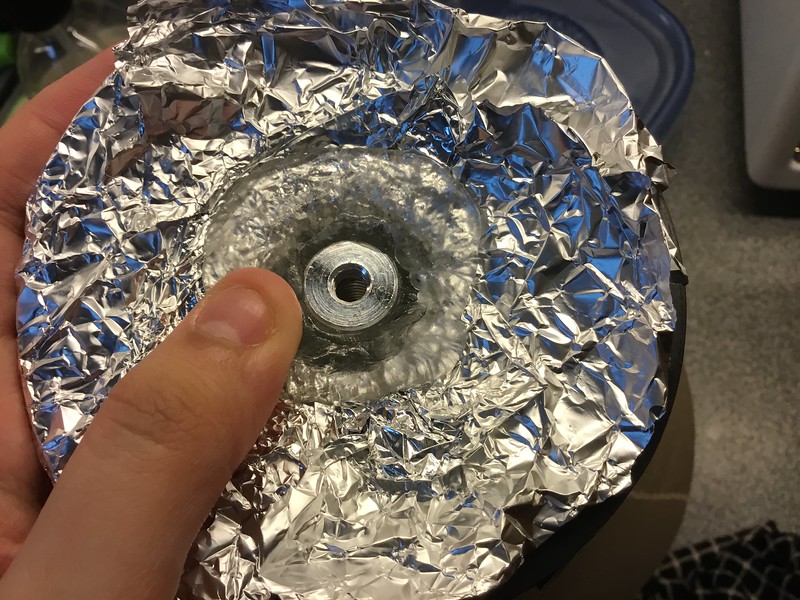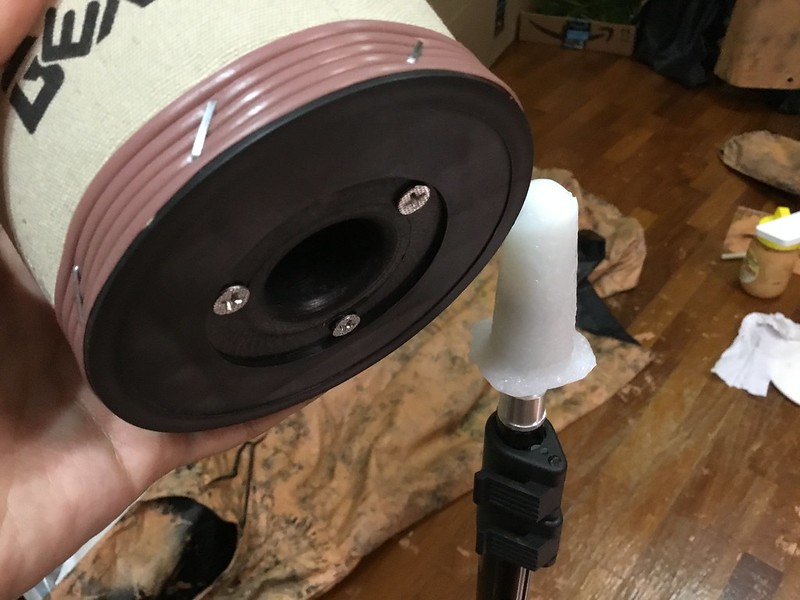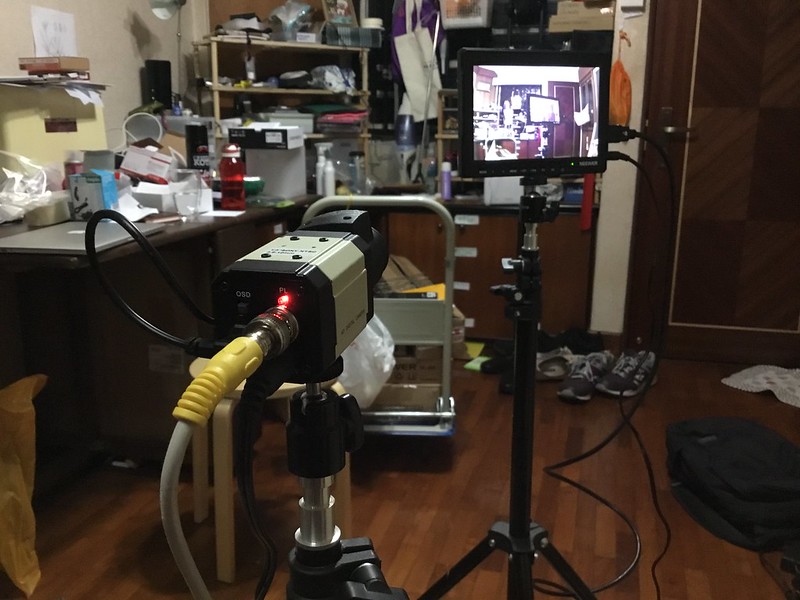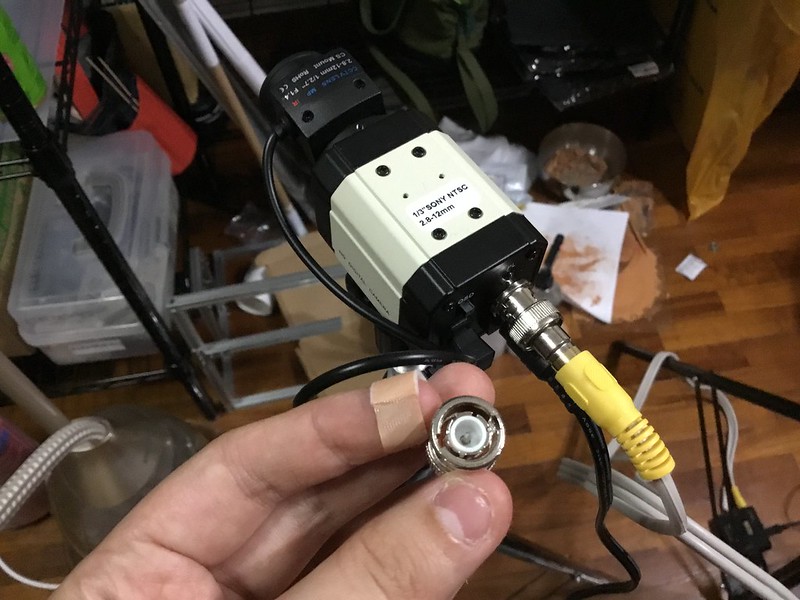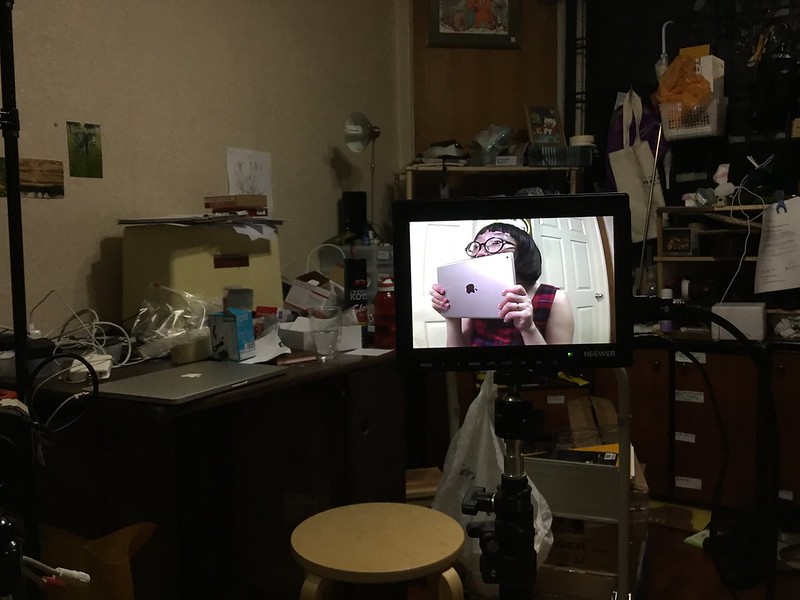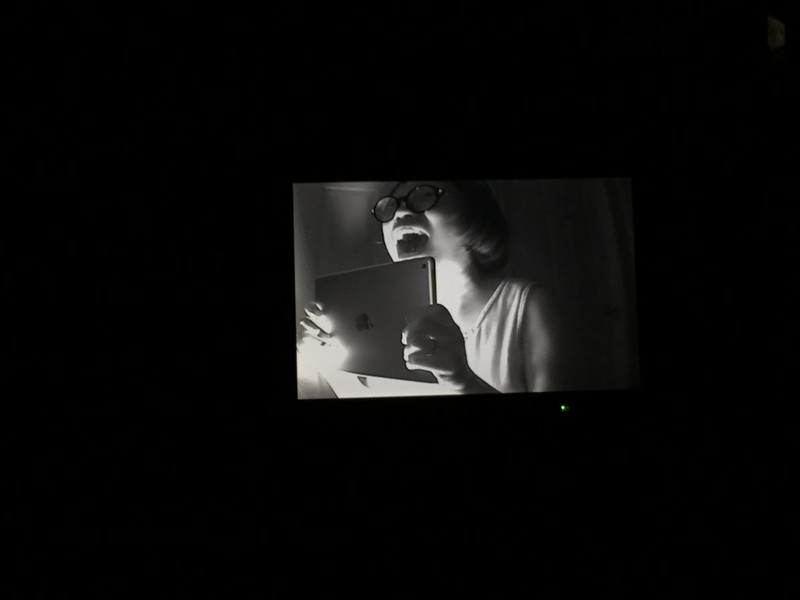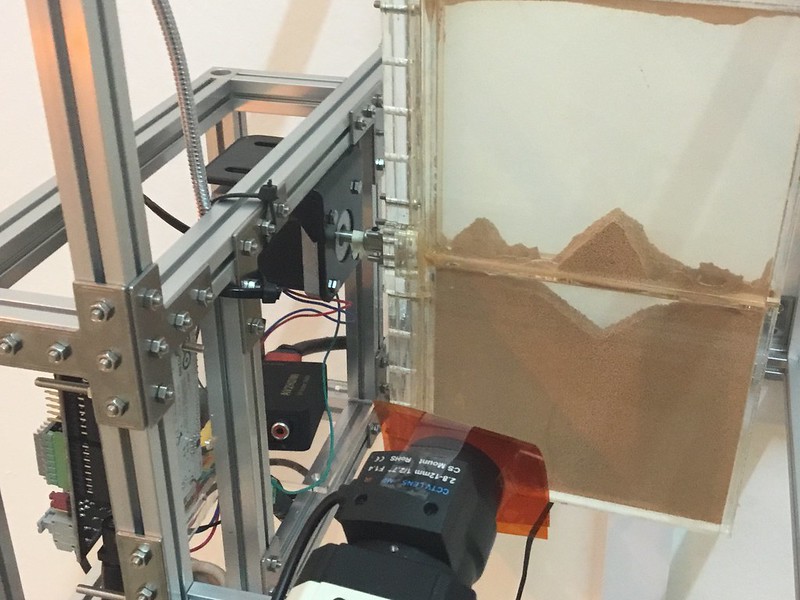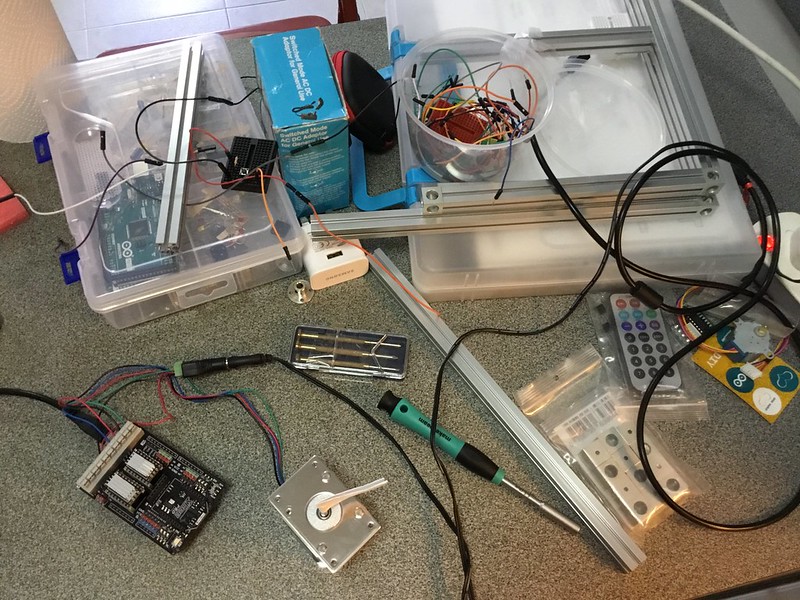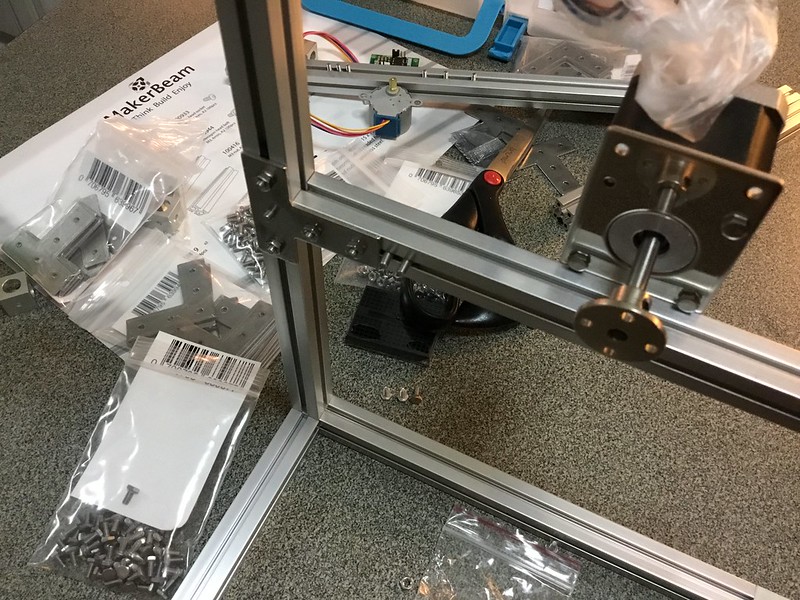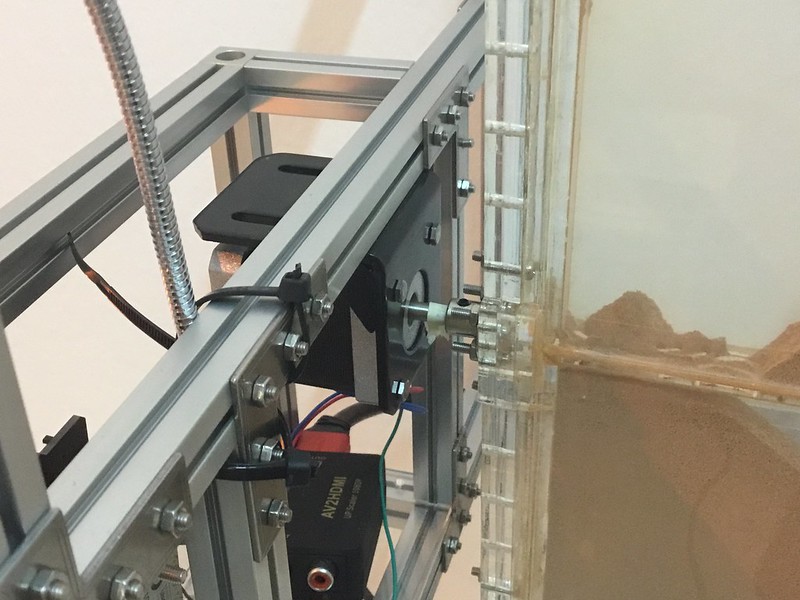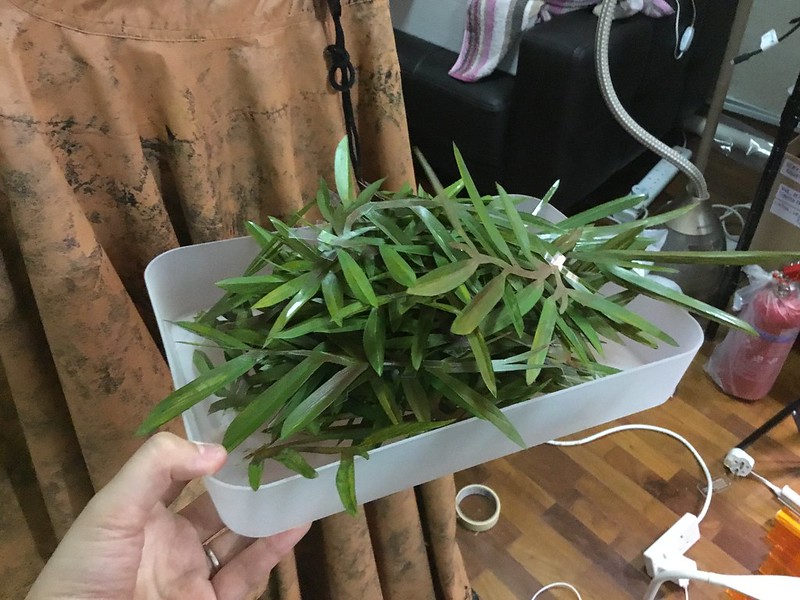
A few years ago I wrote a series of short stories, one of which was about a social contract in which people were allowed to remain in an area if they totally blended in by wearing a camouflage suit. It was based on this story that I decided to make these red-soil-with-cow-grass ghillie suits:
A HOME WITHOUT A SHELTER
In this city, all private land parcels exceeding the specified size must allocate at least 10% of green spaces on their land as a "permitted camouflage zone". People who wish to use parts of these private gardens for their own leisure are legally permitted to do so, so long as they are in camouflage. Special camouflage suits are manufactured and sold to suit every type of urban space. Members of the public blend seamlessly into the private gardens, private landowners are unable to see the public in their parks — the suits rendering them invisible on first glance.
Some entrepreneurial individuals have been trawling through the streets collecting soil and plant material, sewing the organic material into suits for would-be park goers. In particular, homeless people have been taking the most advantage of this scheme, devising the most ingenious ways of producing a camouflage suit at almost no cost, and becoming virtually invisible within some of these parks. Many people in this city have mastered the fine art of blending in and remaining unseen whilst still in plain view.
It turns out that a clod of recently deposited soil isn't really a realistic clod of soil unless there is a bit of grass poking out of it. The mound of soil must have grass because soil is the surface through which things intersect (light, buildings erupt from its surface, shards of greenery, etc), and without the eruption of grass from the surface it is hard to appreciate the continuity of the surface.
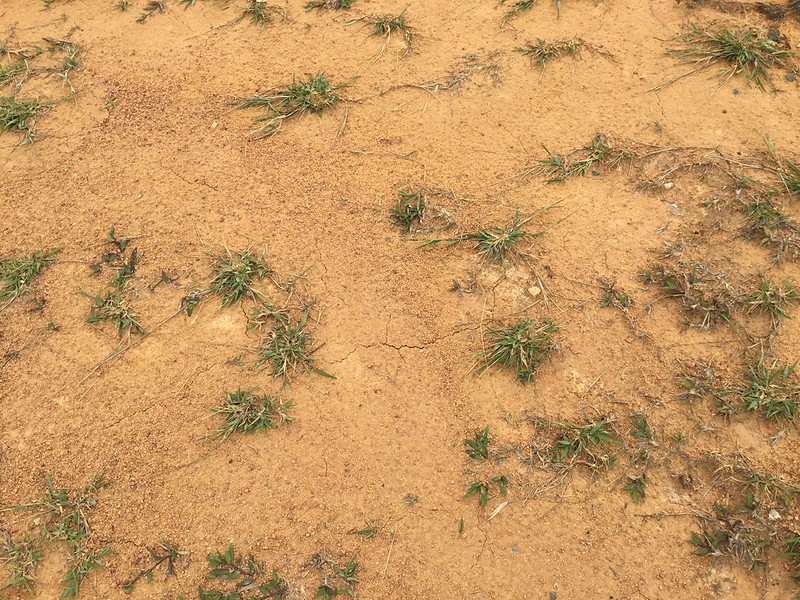
Like this...
So it turned out that my attempts to make a landscape work soon became a totally ridiculous painstaking endeavour to produce the most realistic cow grass by hand in artisanal small batches......

When I began conceptualising this new work, I originally intended to digitally print everything, but then as things turned out, I wasn't quite satisfied with the quality of the digital colour once it was printed on fabric. Often digital print on textile has the odd, dullened sheen of ink deposited on the surface, dependent very much on the base that it is printed on. Mainly the fabric texture getting in the way. But colour is so important in this. As someone who has done a fair bit of digital painting, I consider myself quite knowledgeable about how digital colour or colour on screen works, but paint has always been a whole other territory. I don't know so much about all the different mediums, or why there are so many different types of whites available in the shops, or why I should buy one brand of paint over another. So it wasn't my first choice to work directly with colour or paint... its not a medium which I'm 100% comfortable with...

Fortunately, what I found is that one's understanding of digital colour addition can be easily translated into real-life paint colour addition. And as it turns out - boy oh boy do I enjoy painting! I didn't even think I would enjoy it so much! I don't want to just paint abstract or random things, but I want to gain total mastery over the medium. To me, if I haven't become good or precise enough to paint something ultra photorealistic at the snap of a finger, then I don't think I could allow myself to generate any ol' random paintings just yet. After this project is done, I think i'd like to try to master photorealistic painting. You know, obsessively painting images of thin-film interference or iridescence or something totally ridiculous like that. (But since I'm working towards a deadline, I'll leave my idle dreams of painting images of tempered metal for another time...)

To the left, the paint, and to the right, the colour sample (some actual soil collected from outside)
It was easy to obtain an accurate colour sample for the red soil I wanted because I just kept a bowl of soil in the house for reference. However, I realised that the red of the soil was not necessarily recognisable as a familiar sight to Singaporeans - unless accompanied by a sparse smattering of grass, in particular, the grass known as "Axonopus compressus" or "cow grass". But since grass is living material and not mineral, keeping a colour sample was harder.
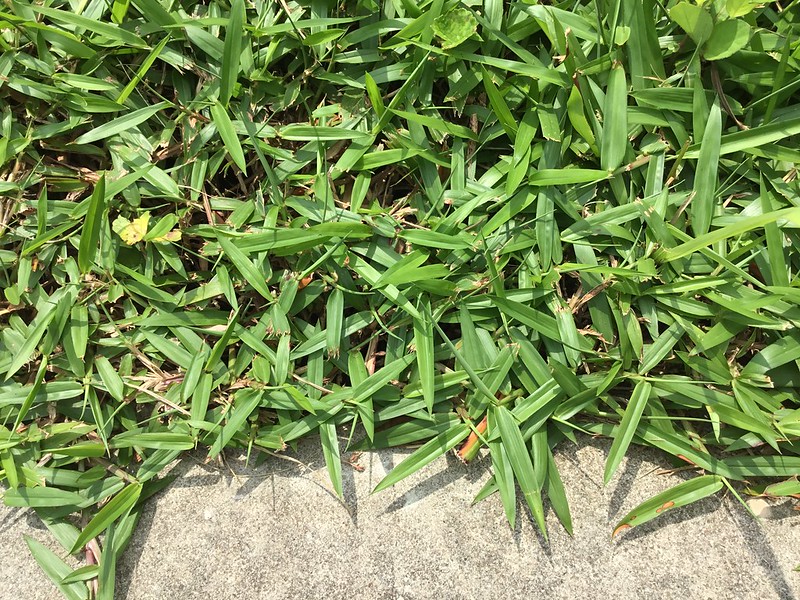
Here was the grass in situ... (on a grassy mound in Buangkok)

First attempts at making a colour reference failed because I am a monster and I actually tried to laminate the fresh green grass to preserve. Not a great idea because grass obviously changes colour when COOKED, like any other plant or vegetable.

I iteratively improved the colour until it was as close as possible to the real thing. I don't really like painting on paper. But I really LOVE painting on a transparent plastic medium. The ease of painting on smooth plastic, the way you can overlay it onto other things. I've tried cellulose acetate (aka OHP transparency) but that is a medium known to be vulnerable to yellowing and warping over time, breaking down into acetic acid or the plasticisers migrating outwards to the surface leaving a weird white powdery deposit. Now I'm trying Dura-Lar film which is supposed to be a mix between Acetate and Mylar - supposedly archival grade material which is partly made out of the resin Polyethylene Terephthalate (PET).

Finally, here is the colour reference I made for the plastic grass that I seem to be making in a very tedious fashion BECAUSE I HAVE TO DO THINGS THE HARD WAY.

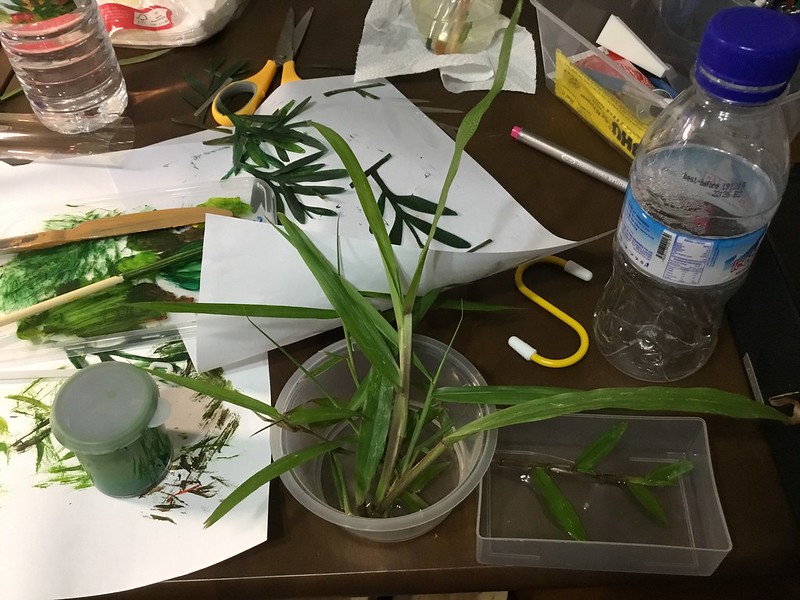
I ended up putting some of the grass (that I hadn't inadvertently cooked through lamination) into a dish of water and now it appears I am also growing grass at home. Maybe I will put it in the snail tank, so the snails can feed on it, and then the cycle will be complete?...
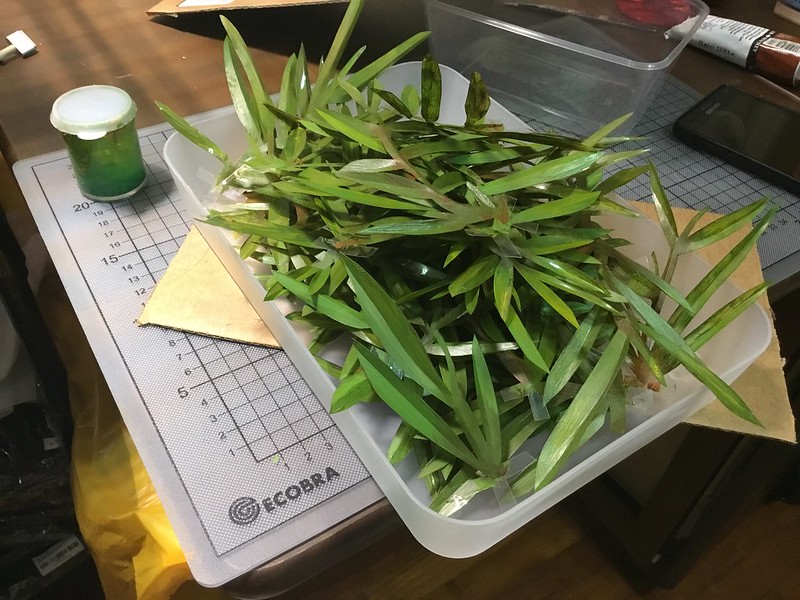
My basket of realistic fake cow grass

You can come to see the grass on the work I produced for the
President's Young Talents 2018 show!
8Q @ Singapore Art Museum
8 Queen St, Singapore 188535
Gallery 3.12 (Level 3)
4 Oct 2018 - 27 Jan 2019
